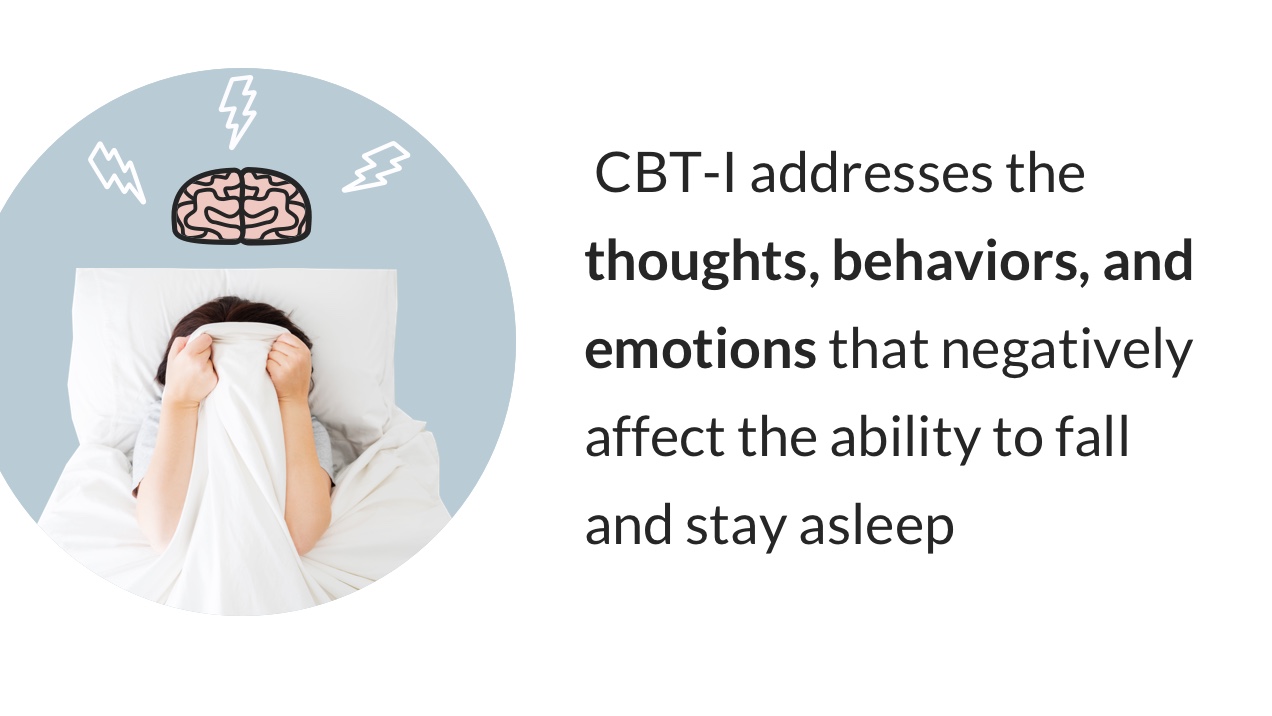

Practicing sleep hygiene by keeping a good sleeping environment.Those with PTSD have also shown improvement.Ĭomponents Behavioral practices to treat insomnia It is also effective in treatment of insomnia related to or caused by mood disorders. ĬBT-I has been found to be an effective form of treatment of insomnia. Currently no treatment method is recommended over another neither is it recommended to administer a single intervention over a combination of different interventions. Usually, several methods are combined into an overall treatment concept. Some sleep specialists recommend biofeedback as well. In CBT-I these steps include stimulus control, sleep hygiene, sleep restriction, relaxation training, and cognitive therapy. Īfter identifying the possible underlying cause and the factors contributing to insomnia, the person can begin taking steps towards getting better sleep. that could be contributing to the person's insomnia.

The journal will help to identify patterns of thoughts or behaviors, stressors, etc. This would involve keeping a sleep diary/journal for a couple of weeks. People with insomnia should evaluate or have their sleep patterns evaluated and take into account all possible factors that may be affecting the person's ability to sleep. The first step in treating insomnia with CBT-I is to identify the underlying causes of insomnia. CBT-I aims to improve sleep habits and behaviors by identifying and changing the thoughts and the behaviors that affect the ability of a person to sleep or sleep well. Insomnia is a common problem involving trouble falling asleep, staying asleep, or getting quality sleep. Cognitive behavioral therapy for insomnia ( CBT-I) is a technique for treating insomnia without (or alongside) medications.


 0 kommentar(er)
0 kommentar(er)
